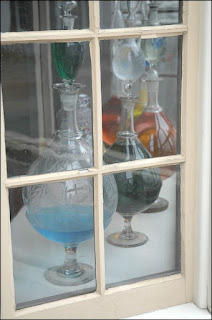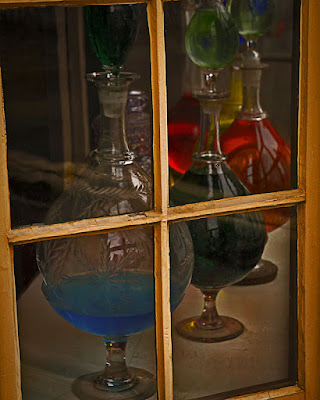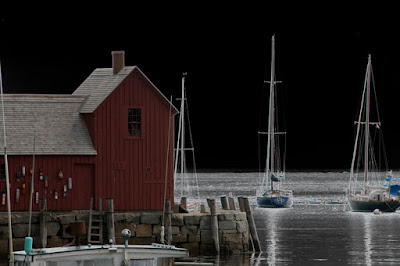
 It's important to understand that what comes out of the camera is only the starting point of an image. On the right is the "right out of the camera shot", as taken, no frills, no finishing. It's the "undeveloped negative" of what would become the print shown on the left. There is nothing in the finished image that wasn't there in the digital "negative".
It's important to understand that what comes out of the camera is only the starting point of an image. On the right is the "right out of the camera shot", as taken, no frills, no finishing. It's the "undeveloped negative" of what would become the print shown on the left. There is nothing in the finished image that wasn't there in the digital "negative".I once had the opportunity to talk to Bill Eppridge. If you're not familiar with the name, he's the photographer who took the famous picture of Bobby Kennedy lying, shot, on the floor of the hotel in California. There are many other iconic images by Bill, but that's probably his most famous (infamous). He was talking about just starting out, just out of school, trying to make a mark so his name would get out to editors of magazines. He entered a professional photographers competition. He won. The shot was of a white horse running in a field. The horse was a small part of the overall scene, but it was the "center of interest". It's a B&W print of pretty good size. Bill said he spent hours in the darkroom making print after print, dodging and burning specific sections, each time getting closer to get the image he originally saw in his minds eye.
The point is that what you originally see, straight out of the camera, isn't at an image's full potential. It's up to the photographer (or post production finisher) to bring out the information contained in the original file. The power we have today, with Photoshop, means we don't have to make "print after print" as Bill did back in the days of film and chemicals. We can try several options by using layers and groups, making "comps" either at certain points along the way or at decision points that might take the image in one direction or another. Same as Bill Eppridge dodging and burning one print after another.
We do have it easier than those before us, in that we can sit in a comfortable chair, lights on (low), people walking in and out and generally carrying on with our life rather than being imprisoned, alone, in a smelly darkroom. That doesn't mean we should pay any less attention to detail than Bill did with his competition print. If it takes more than five minutes to get the idea that an image has potential, you should probably move on. But if, after the initial exploration, you do see potential you should be willing to spend whatever time necessary to fashion the image you originally saw in your mind's eye.
















